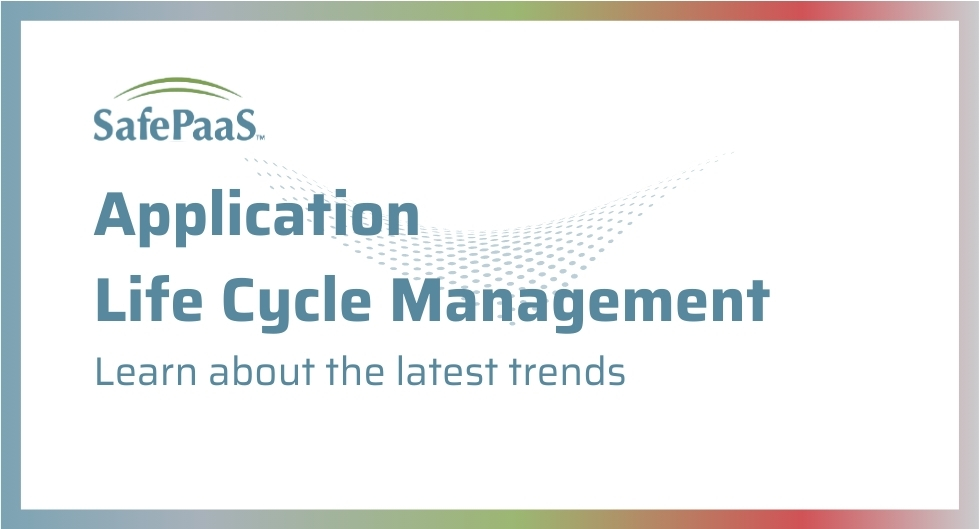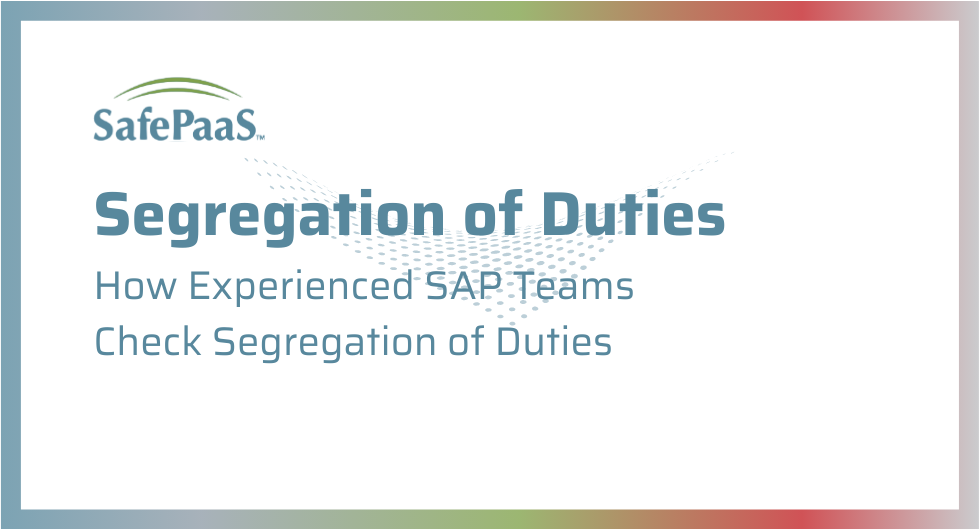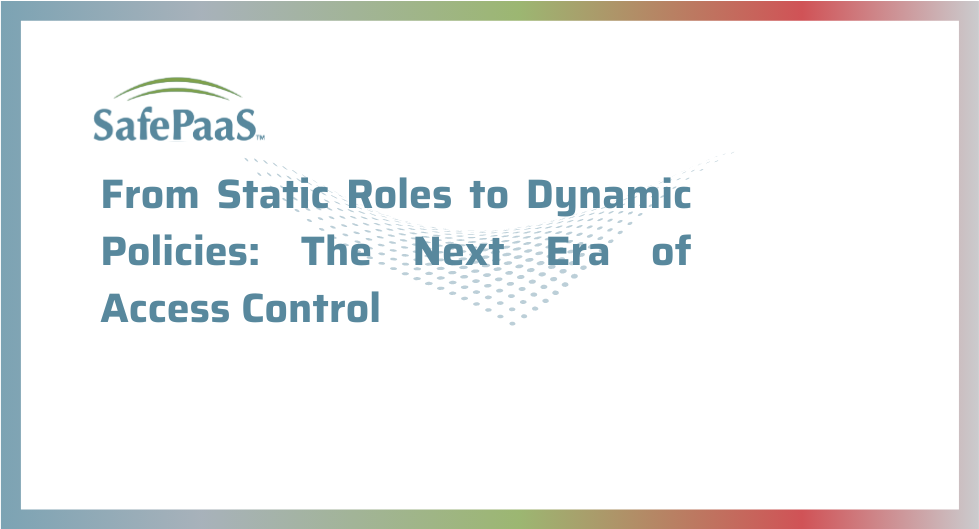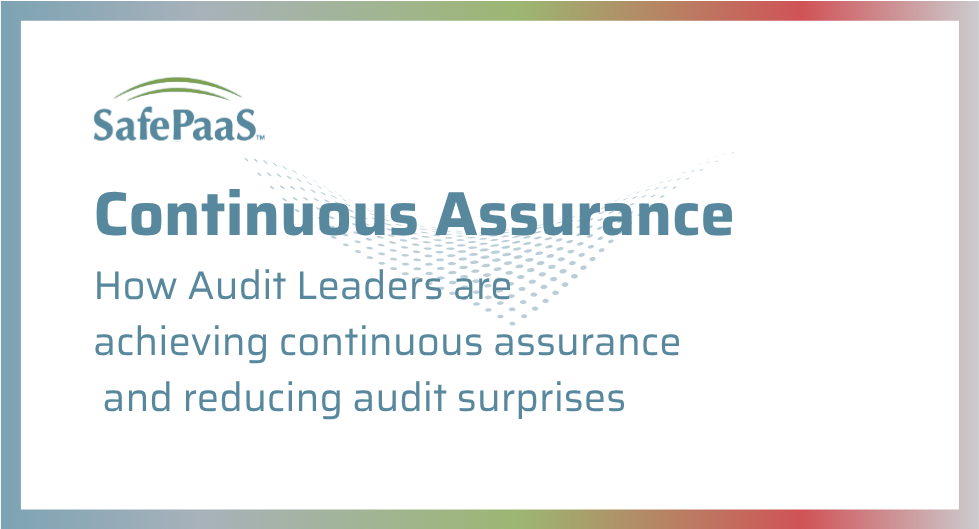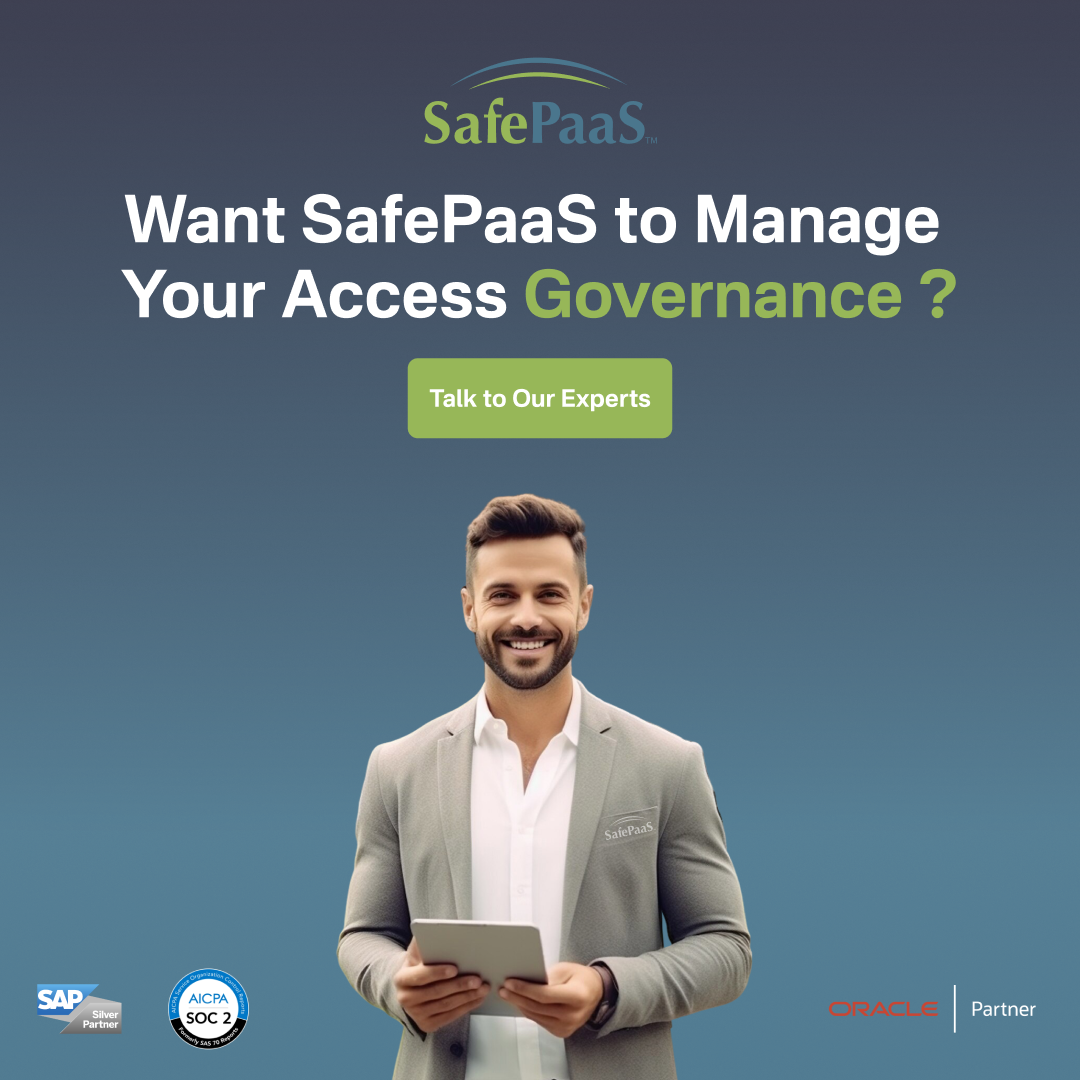What is ALM?
Application lifecycle management is an IT Governance practice to control the implementation, deployment and maintenance of software applications. ALM includes all phases of the application phases including requirements definition, solution design, configuration management, customizations, testing, maintenance, change management, integration, project management, and release management.
As businesses extend processes globally, enabled by ERP applications, the management of IT Controls across various sites is difficult and resource-intensive for large enterprises. SafePaaS provides a centralized Cloud based IT Controls platform which includes application change management services that improve security and configuration controls for system maintenance at a relatively low cost. In addition, application deployments to new business units, release updates and even re-implementations of various applications can be tracked for quality assurance and risk mitigation, which enhances the business results and response time.
Why a Central Platform for Applications Lifecycle Management?
A central platform for ALM allows IT managers to enhance the decision-making process and thereby improve the performance of the enterprise, eliminate duplication of effort, and reduce technology costs, while maintaining applications across multiple data centers.
What your Business needs to do?
Business today need to respond better to their customer experience, accelerate time to market, deliver new services faster, and enter new markets. Cloud based ALM is one of the latest technology trends in 2018 gaining traction in to address the growing business need for agility. The Cloud-based ALM enables enterprises to gain productivity enhancement through scheduled software upgrades with no application downtime and expensive diversion of resources. For example, SafePaaS offers a collaborative environment for managing the entire application deployment process. In addition, the application configuration management capabilities can detect bugs in advance and correct them.
What can SafepaaS do?
SafePaaS Application Lifecycle Controls enables Oracle E-Business Suite Customers and Systems Integrators to enforce change controls and reduce costly errors in application maintenance and Upgrades. For example, the Functional Leads can survey the Business Process Owners to identify business activities for GL Manager Responsibility design in Oracle E-Business Suite using templates that ensure Segregation of Duty (SOD) compliance with company policies. System Administrators can use ConfigSnapShot to move Users, Responsibilities, Menus, Value Sets, Concurrent Requests, Profile Options and other AOL (Application Object Library) objects. The Project Management Office (PMO) can effectively track project status and issues by monitoring the activities against the task assignment in the project plan. Auditors can obtain the evidence of effective controls by reviewing the audit logs generated by SafePaaS to provide the necessary assurance to an Audit Committee.
SafePaaS ALM Controls can also improve application quality assurance process by automating User Acceptance Testing (UAT) program. UAT is the final testing performed when functional; system and regression testing are completed. The main purpose of UAT is to validate the software against the business requirements. While end users of the software are involved in UAT, in recent years many organizations also select internal and external auditor groups to assure that the application controls such as Segregation of Duties in the ERP Security Model, and key configurations are evaluated for effectiveness.
